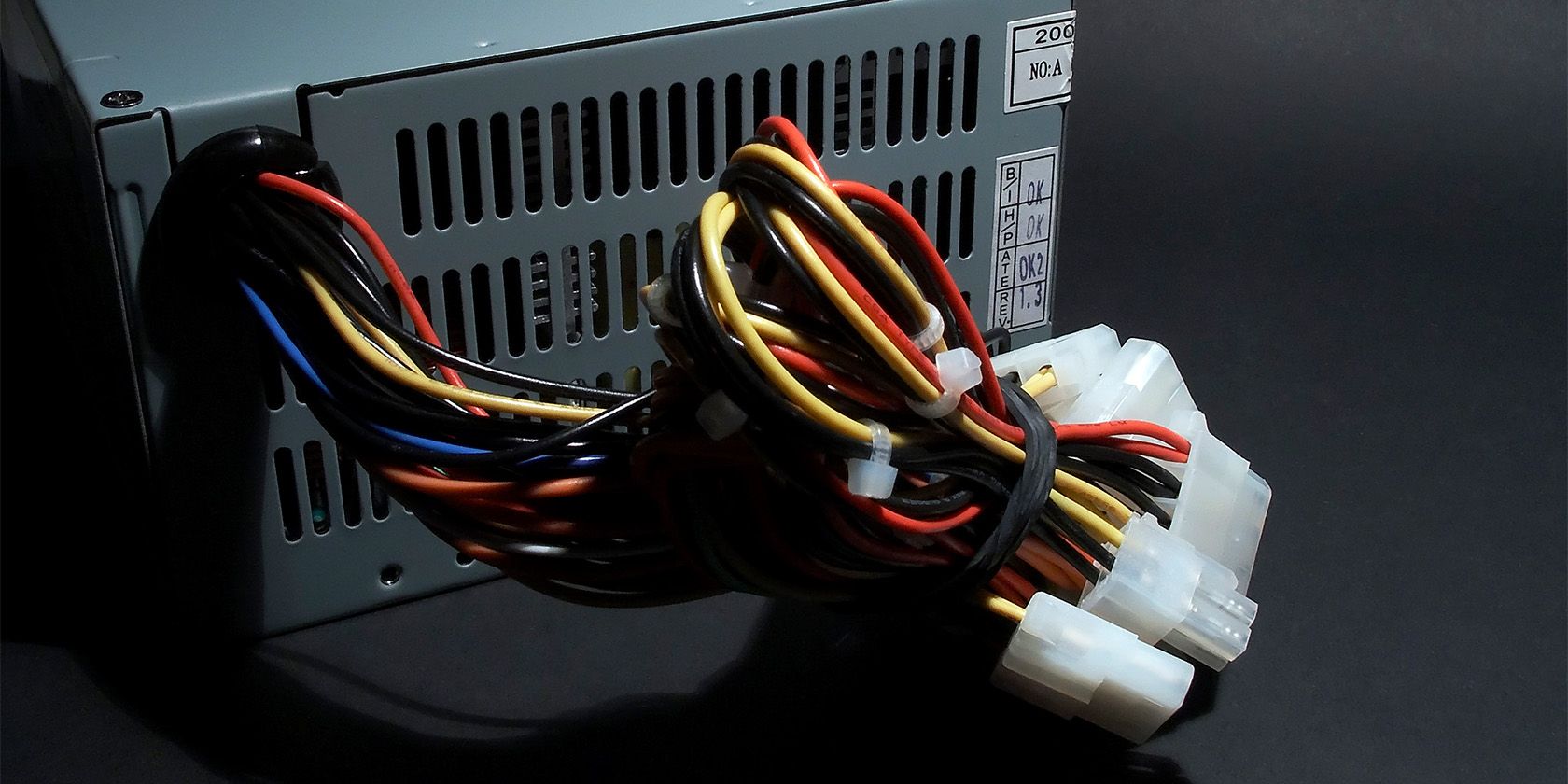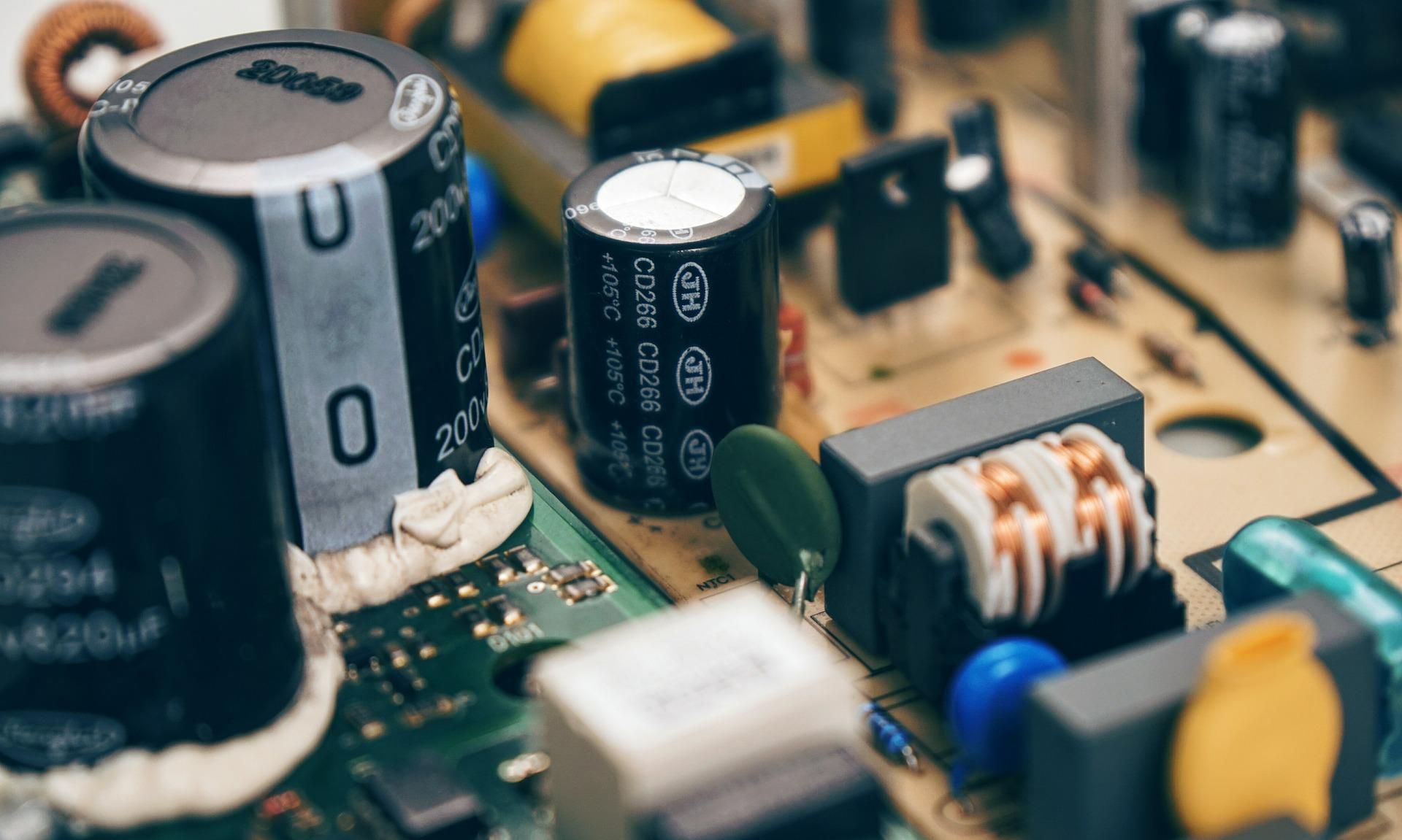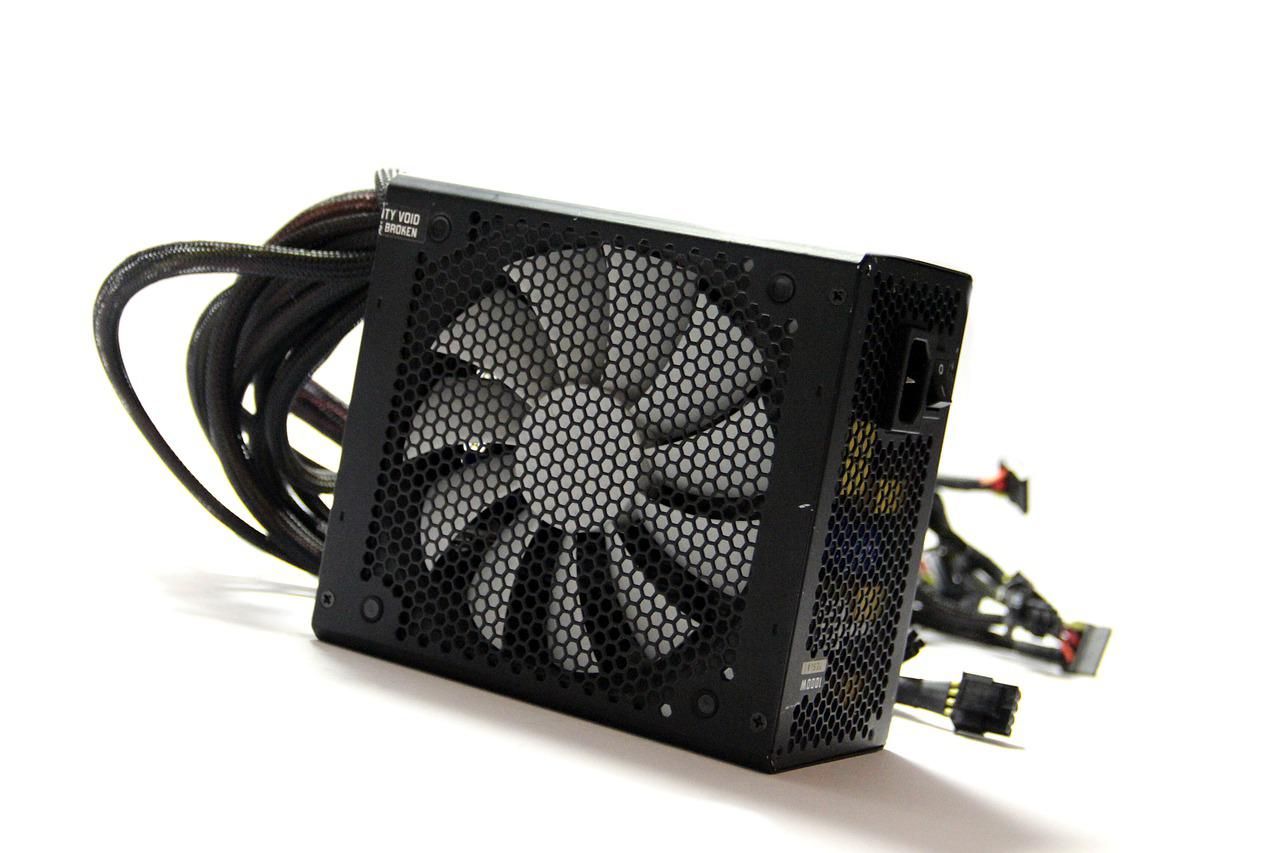Our computers have changed wildly over the past 30 years. One thing that has not changed much, however, are power supply units. Sure, they're beefier, more powerful, and most importantly, more power-efficient, but they use the same connectors and overall format as the first ATX power supplies that graced the market when Intel introduced the standard in 1995. However, times change, and we're in need of something new. This is where the new ATX12VO standard comes in.
What are ATX12VO power supplies, and how will they change PC building once they're on the market?
What Is an ATX12VO Power Supply?
The way ATX power supplies currently work is actually a bit harder than you'd think.
For starters, a power supply takes the AC electricity that comes out of your wall and converts it to nice and familiar DC electricity that your computer can use. All power supplies, no matter what equipment we're talking about, follow this basic principle. But in the case of ATX power supplies, electricity actually has to spin around a lot.
Different components in an ATX motherboard need to be fed different voltages. Your CPU and GPU need 12-volt power, mechanical hard drives and USB ports need 5-volt power, and smaller components, like RAM or m.2 SSDs, need 3.3-volt power. You can't feed 12 volts to the components that need 5 volts or vice versa. An ATX power supply will grab AC power from the wall, but it will have three separate rails for 12V, 5V, and 3.3V DC power that it needs to output, to properly power all of the components in your PC.
This has worked for decades, but this complicated conversion process results in a lot of energy waste. To combat this, power supply makers focus on power efficiency when making better-quality PSUs, with the 80 Plus certification program serving as a customer-facing indicator of how efficient a power supply is.
The next natural step, though, is ATX12VO.
Intel released the ATX12VO standard in 2019, but we're yet to see it land on store shelves. The main gist of it, though, is that it doesn't produce any 5V or 3.3V power. It's fundamentally different from ATX in that the power supply only produces 12V power. If your PC has any components that need 5V or 3.3V power, that conversion will need to be done by the motherboard rather than the power supply.
Given that the conversion to one single DC power output is straightforward, ATX12VO has notable idle power efficiency advantages, something that's becoming increasingly more important with the ongoing climate crisis and rising energy bills in many countries.
How Different Is an ATX12VO Power Supply?
As it turns out, YouTube channel Linus Tech Tips went hands-on with an ATX12VO power supply prototype and a compatible motherboard back in 2020. And it looks a lot different from what you're used to seeing in a regular ATX PC build—but also very similar in many ways.
For starters, the big 24-pin motherboard connection is gone. Taking its place are two different connectors—one 10-pin and the other 6-pin. Things like the normal CPU connector or PCIe connectors are staying. If you need to plug in a hard drive or something that won't take 12V energy, as we mentioned before, the circuitry for the conversion will be included in the motherboard. As such, you'll need to plug in an auxiliary power cable from the motherboard to whatever device you're plugging in.
Other than different cabling, however, it's pretty similar to what you're used to seeing in a standard PC. It's still the same size, fits into the same ATX cases, has the same wall connector, and even the motherboard has the same shape as current ones and looks pretty similar to an ATX one aside from the conversion circuitry.
The ATX12VO standard is not trying to change what isn't broken. It's meant just as a way to make PCs more efficient, and if the standard ever takes over, we're not in for a total revamp of how PCs are built. PC builders will just need to get accustomed to a few changes when plugging in your power supply.
When Can I Get an ATX12VO Power Supply?
In short, don't expect it anytime soon, at least for off-the-shelf components. ATX12VO is, at least in its first run, aimed at pre-built systems. OEM systems from companies like Dell have already been using proprietary power supplies for a long time, and ATX12VO is primarily aimed at standardizing those similarly to ATX.
That doesn't mean, however, that a market for ATX12VO power supplies and motherboards won't arrive in the near or far future. While 80 Plus branding is doing a great job at raising consumer awareness of power efficiency, and the use of higher-quality components can indeed make great improvements in power efficiency, ATX12VO can make that process much more straightforward, and more importantly, not prohibitively expensive for consumers. After all, an 80+ Titanium power supply (the highest power efficiency rating) can set you back over $200, with some higher-wattage power supplies crossing the barrier of $500. Not ideal.
It's also not a migration that will happen overnight. After all, current motherboards are not compatible with ATX12VO PSUs, and likewise, a motherboard made to work with one of those won't work with your power supply either. Whenever they arrive in the market, they'll need to be slowly introduced in a way that doesn't confuse buyers.
The ATX12VO PSU Transition Is Coming
The ATX12VO standard was first introduced in 2020, and some folks in the media got to play around with it around its launch period. Aside from that, however, we have nothing in terms of news about ATX12VO. In fact, Intel recently even revamped the ATX standard in 2022 with ATX 3.0.
While Intel's ATX12VO dream isn't dead, there isn't a huge rush to make it a thing in the DIY sector, at least for now. PC building is already a learning curve, and adding an entirely different power supply could add an extra degree of unneeded difficulty.



